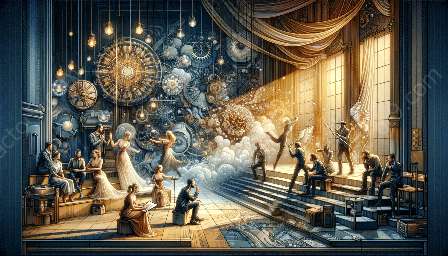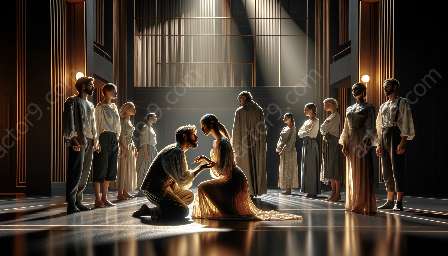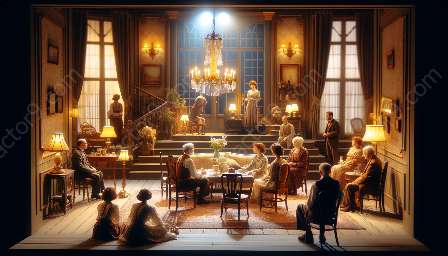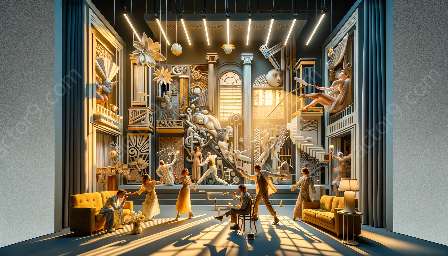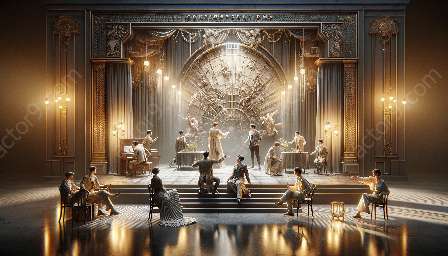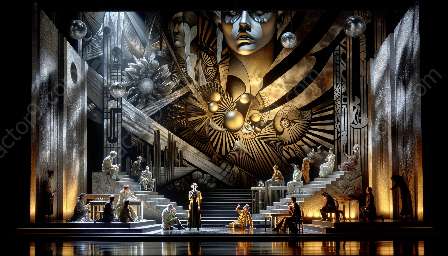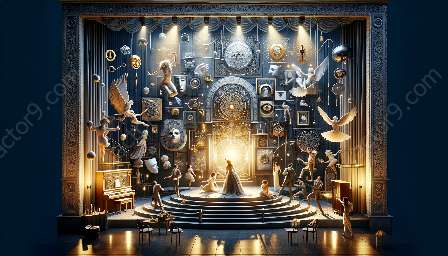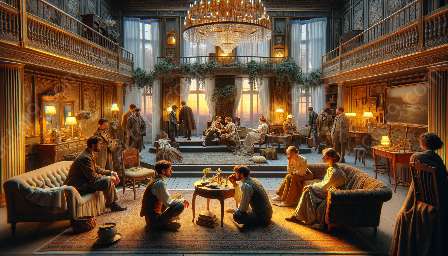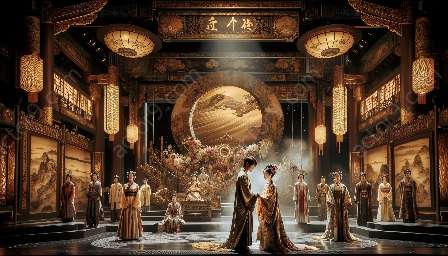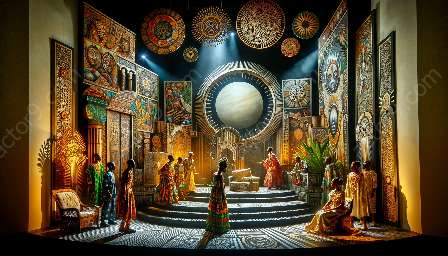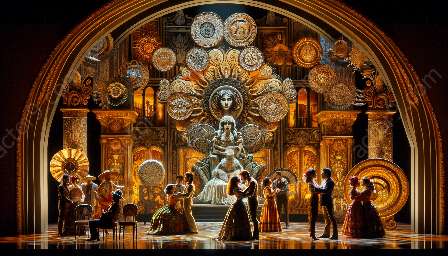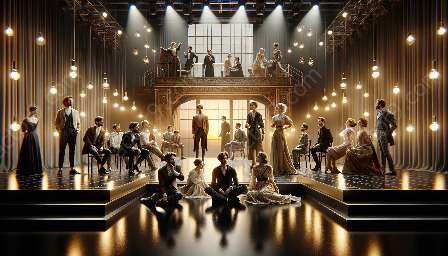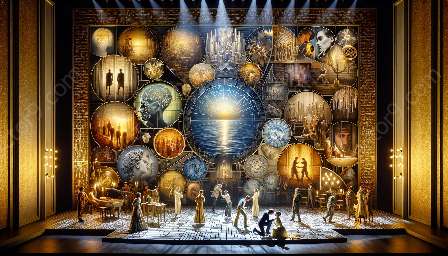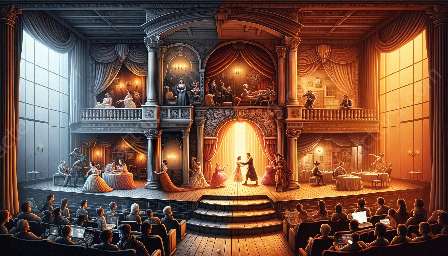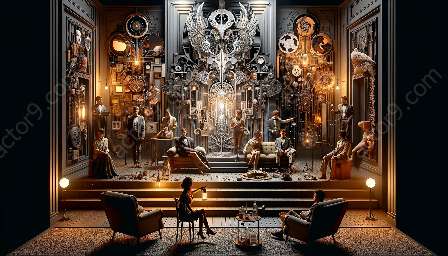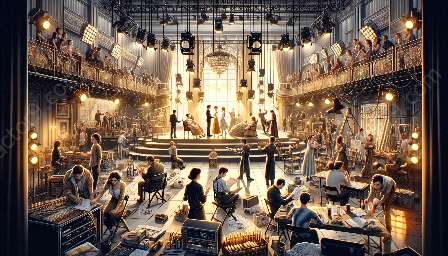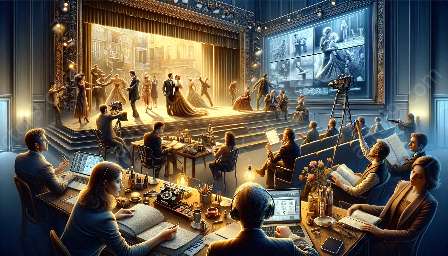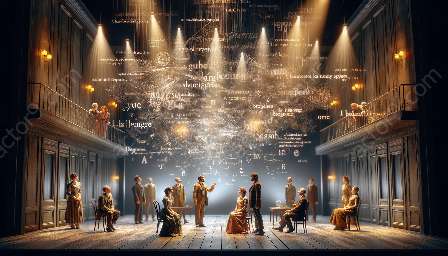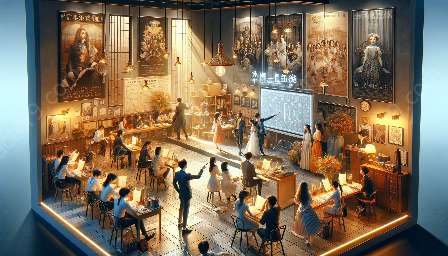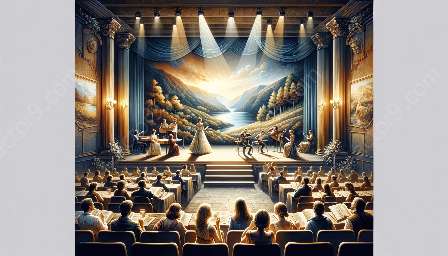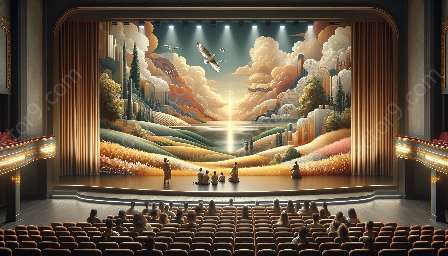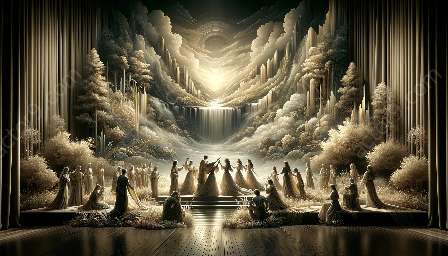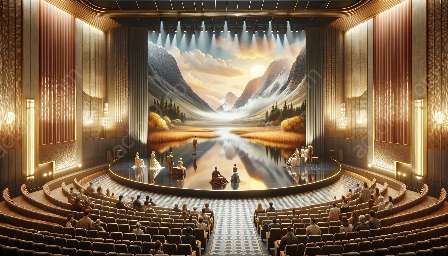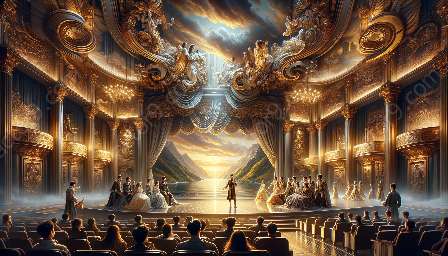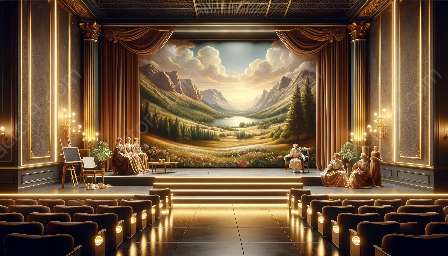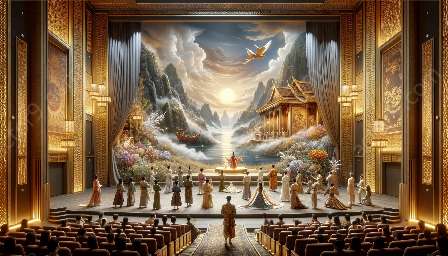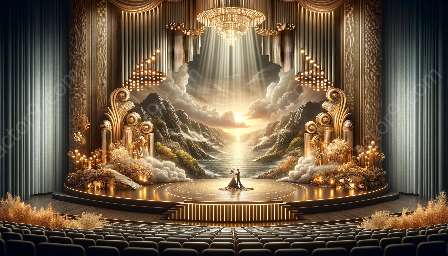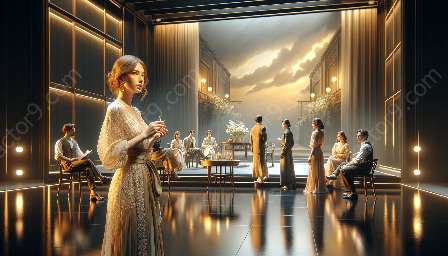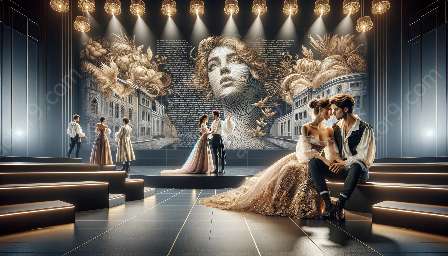Modern drama criticism and the study of performance spaces and architectures are intricately connected, influencing each other in shaping the theatrical experience. This connection reflects the dynamic interaction between the artistic expression and the physical environment in which modern drama unfolds.
Modern Drama Criticism:
Modern drama criticism encompasses the analysis and evaluation of contemporary theatrical works, delving into the themes, characters, plot structure, and performances. It seeks to understand the cultural, social, and political contexts in which modern dramas emerge, exploring the ways in which they reflect and challenge the contemporary realities.
Study of Performance Spaces and Architectures:
The study of performance spaces and architectures focuses on the design, layout, and functionality of theatres and performance venues. It examines how architectural elements, such as stage design, seating arrangement, and acoustics, affect the artists' and audiences' experiences, as well as the overall impact on the performance.
Intersections:
There are several key intersections between modern drama criticism and the study of performance spaces and architectures:
- Immersive Theatrical Experience: Modern drama criticism emphasizes the immersive nature of contemporary theatrical works, exploring how the narrative, characters, and performances engage the audience on multiple sensory levels. This aligns with the study of performance spaces and architectures, which considers how the physical environment enhances or detracts from the immersive experience.
- Spatial Dynamics: Critics and scholars analyze how spatial dynamics, such as the arrangement of actors on stage, the use of props, and the movement within the performance space, contribute to the storytelling. Understanding these spatial dynamics aids in designing performance spaces that accommodate and enhance the intended dramatic effects.
- Technological Innovations: Both modern drama criticism and the study of performance spaces and architectures engage with technological advancements that shape contemporary theatrical productions. Critics evaluate the integration of technology into the dramatic narrative, while architectural studies explore the incorporation of modern audiovisual and lighting systems in performance spaces.
- Critical Discourse: The critical discourse surrounding modern drama influences the design and adaptation of performance spaces. Insights from drama criticism inform architects and designers about the evolving expectations and demands of both artists and audiences, leading to the creation of adaptable and versatile performance spaces.
Conclusion:
The connections between modern drama criticism and the study of performance spaces and architectures underscore the integrated nature of theatre as an art form and a physical space. Understanding these connections enriches the appreciation and creation of contemporary theatrical experiences, highlighting the interplay between creative expression and the environments that shape it.


